The Front Row Union Sport
Archives
Select Week March 24, 2025–March 30, 2025 (6)
March 17, 2025–March 23, 2025 (13)
March 10, 2025–March 16, 2025 (22)
March 3, 2025–March 9, 2025 (12)
February 24, 2025–March 2, 2025 (16)
February 17, 2025–February 23, 2025 (9)
February 10, 2025–February 16, 2025 (10)
February 3, 2025–February 9, 2025 (13)
January 27, 2025–February 2, 2025 (10)
January 20, 2025–January 26, 2025 (19)
January 13, 2025–January 19, 2025 (9)
January 6, 2025–January 12, 2025 (6)
December 23, 2024–December 29, 2024 (5)
December 16, 2024–December 22, 2024 (13)
December 9, 2024–December 15, 2024 (5)
December 2, 2024–December 8, 2024 (20)
November 25, 2024–December 1, 2024 (8)
November 18, 2024–November 24, 2024 (11)
November 11, 2024–November 17, 2024 (9)
November 4, 2024–November 10, 2024 (17)
October 28, 2024–November 3, 2024 (10)
October 21, 2024–October 27, 2024 (17)
October 14, 2024–October 20, 2024 (12)
October 7, 2024–October 13, 2024 (16)
September 30, 2024–October 6, 2024 (17)
September 23, 2024–September 29, 2024 (14)
September 16, 2024–September 22, 2024 (10)
September 9, 2024–September 15, 2024 (7)
September 2, 2024–September 8, 2024 (7)
August 26, 2024–September 1, 2024 (5)
August 19, 2024–August 25, 2024 (6)
August 12, 2024–August 18, 2024 (12)
August 5, 2024–August 11, 2024 (1)
July 29, 2024–August 4, 2024 (11)
July 22, 2024–July 28, 2024 (5)
July 8, 2024–July 14, 2024 (2)
June 24, 2024–June 30, 2024 (8)
June 17, 2024–June 23, 2024 (2)
June 10, 2024–June 16, 2024 (5)
June 3, 2024–June 9, 2024 (5)
May 27, 2024–June 2, 2024 (2)
May 20, 2024–May 26, 2024 (9)
May 13, 2024–May 19, 2024 (6)
May 6, 2024–May 12, 2024 (6)
April 29, 2024–May 5, 2024 (11)
April 22, 2024–April 28, 2024 (14)
April 15, 2024–April 21, 2024 (10)
April 8, 2024–April 14, 2024 (9)
April 1, 2024–April 7, 2024 (12)
March 25, 2024–March 31, 2024 (9)
March 18, 2024–March 24, 2024 (8)
March 11, 2024–March 17, 2024 (26)
March 4, 2024–March 10, 2024 (18)
February 26, 2024–March 3, 2024 (17)
February 19, 2024–February 25, 2024 (14)
February 12, 2024–February 18, 2024 (15)
February 5, 2024–February 11, 2024 (14)
January 29, 2024–February 4, 2024 (22)
January 22, 2024–January 28, 2024 (12)
January 15, 2024–January 21, 2024 (12)
January 8, 2024–January 14, 2024 (13)
January 1, 2024–January 7, 2024 (2)
December 18, 2023–December 24, 2023 (20)
December 11, 2023–December 17, 2023 (11)
December 4, 2023–December 10, 2023 (13)
November 27, 2023–December 3, 2023 (9)
November 20, 2023–November 26, 2023 (20)
November 13, 2023–November 19, 2023 (19)
November 6, 2023–November 12, 2023 (20)
October 30, 2023–November 5, 2023 (6)
October 23, 2023–October 29, 2023 (20)
October 16, 2023–October 22, 2023 (12)
October 9, 2023–October 15, 2023 (16)
October 2, 2023–October 8, 2023 (22)
September 25, 2023–October 1, 2023 (12)
September 18, 2023–September 24, 2023 (15)
September 11, 2023–September 17, 2023 (10)
September 4, 2023–September 10, 2023 (11)
August 28, 2023–September 3, 2023 (6)
August 21, 2023–August 27, 2023 (8)
August 14, 2023–August 20, 2023 (8)
July 31, 2023–August 6, 2023 (5)
July 24, 2023–July 30, 2023 (7)
July 17, 2023–July 23, 2023 (3)
July 10, 2023–July 16, 2023 (1)
July 3, 2023–July 9, 2023 (6)
June 26, 2023–July 2, 2023 (5)
June 19, 2023–June 25, 2023 (4)
June 12, 2023–June 18, 2023 (4)
May 29, 2023–June 4, 2023 (1)
May 22, 2023–May 28, 2023 (4)
May 15, 2023–May 21, 2023 (5)
May 8, 2023–May 14, 2023 (8)
May 1, 2023–May 7, 2023 (11)
April 24, 2023–April 30, 2023 (13)
April 17, 2023–April 23, 2023 (8)
April 10, 2023–April 16, 2023 (8)
April 3, 2023–April 9, 2023 (9)
March 27, 2023–April 2, 2023 (12)
March 20, 2023–March 26, 2023 (12)
March 13, 2023–March 19, 2023 (14)
March 6, 2023–March 12, 2023 (14)
February 27, 2023–March 5, 2023 (20)
February 20, 2023–February 26, 2023 (14)
February 13, 2023–February 19, 2023 (11)
February 6, 2023–February 12, 2023 (19)
January 30, 2023–February 5, 2023 (15)
January 23, 2023–January 29, 2023 (9)
January 16, 2023–January 22, 2023 (13)
January 9, 2023–January 15, 2023 (13)
January 2, 2023–January 8, 2023 (7)
December 19, 2022–December 25, 2022 (2)
December 12, 2022–December 18, 2022 (2)
December 5, 2022–December 11, 2022 (13)
November 28, 2022–December 4, 2022 (14)
November 21, 2022–November 27, 2022 (12)
November 14, 2022–November 20, 2022 (16)
November 7, 2022–November 13, 2022 (15)
October 31, 2022–November 6, 2022 (12)
October 24, 2022–October 30, 2022 (7)
October 17, 2022–October 23, 2022 (14)
October 10, 2022–October 16, 2022 (11)
October 3, 2022–October 9, 2022 (12)
September 26, 2022–October 2, 2022 (18)
September 19, 2022–September 25, 2022 (14)
September 5, 2022–September 11, 2022 (1)
August 29, 2022–September 4, 2022 (11)
August 22, 2022–August 28, 2022 (6)
August 15, 2022–August 21, 2022 (2)
August 8, 2022–August 14, 2022 (6)
August 1, 2022–August 7, 2022 (3)
July 25, 2022–July 31, 2022 (3)
July 18, 2022–July 24, 2022 (3)
July 4, 2022–July 10, 2022 (5)
June 27, 2022–July 3, 2022 (2)
June 20, 2022–June 26, 2022 (11)
June 6, 2022–June 12, 2022 (2)
May 30, 2022–June 5, 2022 (9)
May 23, 2022–May 29, 2022 (6)
May 16, 2022–May 22, 2022 (9)
May 9, 2022–May 15, 2022 (11)
May 2, 2022–May 8, 2022 (8)
April 25, 2022–May 1, 2022 (6)
April 18, 2022–April 24, 2022 (7)
April 11, 2022–April 17, 2022 (9)
April 4, 2022–April 10, 2022 (11)
March 28, 2022–April 3, 2022 (10)
March 21, 2022–March 27, 2022 (17)
March 14, 2022–March 20, 2022 (20)
March 7, 2022–March 13, 2022 (13)
February 28, 2022–March 6, 2022 (17)
February 21, 2022–February 27, 2022 (9)
February 14, 2022–February 20, 2022 (7)
February 7, 2022–February 13, 2022 (14)
January 31, 2022–February 6, 2022 (18)
January 24, 2022–January 30, 2022 (13)
January 17, 2022–January 23, 2022 (17)
January 10, 2022–January 16, 2022 (14)
January 3, 2022–January 9, 2022 (4)
December 27, 2021–January 2, 2022 (1)
December 27, 2021–January 2, 2022 (3)
December 20, 2021–December 26, 2021 (7)
December 13, 2021–December 19, 2021 (20)
December 6, 2021–December 12, 2021 (13)
November 29, 2021–December 5, 2021 (9)
November 22, 2021–November 28, 2021 (10)
November 15, 2021–November 21, 2021 (10)
November 8, 2021–November 14, 2021 (11)
November 1, 2021–November 7, 2021 (16)
October 25, 2021–October 31, 2021 (19)
October 18, 2021–October 24, 2021 (11)
October 11, 2021–October 17, 2021 (15)
October 4, 2021–October 10, 2021 (12)
September 27, 2021–October 3, 2021 (13)
September 20, 2021–September 26, 2021 (9)
September 13, 2021–September 19, 2021 (16)
September 6, 2021–September 12, 2021 (4)
August 30, 2021–September 5, 2021 (5)
August 23, 2021–August 29, 2021 (6)
August 16, 2021–August 22, 2021 (13)
August 9, 2021–August 15, 2021 (7)
August 2, 2021–August 8, 2021 (3)
July 26, 2021–August 1, 2021 (6)
July 19, 2021–July 25, 2021 (8)
July 12, 2021–July 18, 2021 (9)
July 5, 2021–July 11, 2021 (6)
June 28, 2021–July 4, 2021 (5)
June 21, 2021–June 27, 2021 (9)
June 14, 2021–June 20, 2021 (8)
June 7, 2021–June 13, 2021 (8)
May 31, 2021–June 6, 2021 (9)
May 24, 2021–May 30, 2021 (5)
May 17, 2021–May 23, 2021 (2)
May 10, 2021–May 16, 2021 (4)
May 3, 2021–May 9, 2021 (2)
April 26, 2021–May 2, 2021 (1)
April 19, 2021–April 25, 2021 (4)
April 12, 2021–April 18, 2021 (4)
April 5, 2021–April 11, 2021 (3)
March 22, 2021–March 28, 2021 (1)
March 15, 2021–March 21, 2021 (4)
March 8, 2021–March 14, 2021 (2)
February 22, 2021–February 28, 2021 (5)
February 15, 2021–February 21, 2021 (4)
February 8, 2021–February 14, 2021 (1)
February 1, 2021–February 7, 2021 (1)
January 25, 2021–January 31, 2021 (1)
January 11, 2021–January 17, 2021 (3)
January 4, 2021–January 10, 2021 (1)
December 28, 2020–January 3, 2021 (1)
December 28, 2020–January 3, 2021 (1)
December 21, 2020–December 27, 2020 (2)
December 14, 2020–December 20, 2020 (2)
December 7, 2020–December 13, 2020 (1)
November 30, 2020–December 6, 2020 (3)
November 23, 2020–November 29, 2020 (2)
November 16, 2020–November 22, 2020 (2)
November 9, 2020–November 15, 2020 (3)
November 2, 2020–November 8, 2020 (1)
October 26, 2020–November 1, 2020 (2)
October 19, 2020–October 25, 2020 (2)
October 12, 2020–October 18, 2020 (4)
October 5, 2020–October 11, 2020 (14)
September 28, 2020–October 4, 2020 (8)
September 21, 2020–September 27, 2020 (7)
September 14, 2020–September 20, 2020 (10)
September 7, 2020–September 13, 2020 (5)
August 31, 2020–September 6, 2020 (5)
August 24, 2020–August 30, 2020 (2)
August 17, 2020–August 23, 2020 (3)
August 10, 2020–August 16, 2020 (1)
August 3, 2020–August 9, 2020 (1)
July 27, 2020–August 2, 2020 (1)
July 20, 2020–July 26, 2020 (1)
June 22, 2020–June 28, 2020 (1)
June 15, 2020–June 21, 2020 (1)
June 1, 2020–June 7, 2020 (1)
May 18, 2020–May 24, 2020 (1)
May 11, 2020–May 17, 2020 (1)
May 4, 2020–May 10, 2020 (3)
April 27, 2020–May 3, 2020 (1)
April 13, 2020–April 19, 2020 (3)
April 6, 2020–April 12, 2020 (2)
March 30, 2020–April 5, 2020 (3)
March 23, 2020–March 29, 2020 (2)
March 16, 2020–March 22, 2020 (2)
March 9, 2020–March 15, 2020 (10)
March 2, 2020–March 8, 2020 (8)
February 24, 2020–March 1, 2020 (8)
February 17, 2020–February 23, 2020 (11)
February 10, 2020–February 16, 2020 (7)
February 3, 2020–February 9, 2020 (9)
January 27, 2020–February 2, 2020 (14)
January 20, 2020–January 26, 2020 (6)
January 13, 2020–January 19, 2020 (10)
January 6, 2020–January 12, 2020 (8)
December 30, 2019–January 5, 2020 (4)
December 30, 2019–January 5, 2020 (1)
December 23, 2019–December 29, 2019 (9)
December 16, 2019–December 22, 2019 (4)
December 9, 2019–December 15, 2019 (7)
December 2, 2019–December 8, 2019 (10)
November 25, 2019–December 1, 2019 (7)
November 18, 2019–November 24, 2019 (7)
November 11, 2019–November 17, 2019 (6)
November 4, 2019–November 10, 2019 (4)
October 28, 2019–November 3, 2019 (6)
October 21, 2019–October 27, 2019 (8)
October 14, 2019–October 20, 2019 (7)
October 7, 2019–October 13, 2019 (6)
September 30, 2019–October 6, 2019 (10)
September 23, 2019–September 29, 2019 (12)
September 16, 2019–September 22, 2019 (8)
September 9, 2019–September 15, 2019 (4)
September 2, 2019–September 8, 2019 (6)
August 26, 2019–September 1, 2019 (13)
August 19, 2019–August 25, 2019 (9)
August 12, 2019–August 18, 2019 (8)
August 5, 2019–August 11, 2019 (5)
July 29, 2019–August 4, 2019 (1)
July 22, 2019–July 28, 2019 (3)
July 15, 2019–July 21, 2019 (4)
July 8, 2019–July 14, 2019 (4)
July 1, 2019–July 7, 2019 (1)
June 24, 2019–June 30, 2019 (2)
June 17, 2019–June 23, 2019 (4)
June 10, 2019–June 16, 2019 (3)
June 3, 2019–June 9, 2019 (4)
May 27, 2019–June 2, 2019 (3)
May 20, 2019–May 26, 2019 (1)
May 13, 2019–May 19, 2019 (5)
May 6, 2019–May 12, 2019 (1)
April 29, 2019–May 5, 2019 (5)
April 22, 2019–April 28, 2019 (8)
April 15, 2019–April 21, 2019 (2)
April 8, 2019–April 14, 2019 (7)
April 1, 2019–April 7, 2019 (7)
March 25, 2019–March 31, 2019 (6)
March 18, 2019–March 24, 2019 (10)
March 11, 2019–March 17, 2019 (9)
March 4, 2019–March 10, 2019 (10)
February 25, 2019–March 3, 2019 (6)
February 18, 2019–February 24, 2019 (10)
February 11, 2019–February 17, 2019 (10)
February 4, 2019–February 10, 2019 (7)
January 28, 2019–February 3, 2019 (5)
January 21, 2019–January 27, 2019 (8)
January 14, 2019–January 20, 2019 (7)
January 7, 2019–January 13, 2019 (4)
December 31, 2018–January 6, 2019 (7)
December 31, 2018–January 6, 2019 (3)
December 24, 2018–December 30, 2018 (4)
December 17, 2018–December 23, 2018 (4)
December 10, 2018–December 16, 2018 (7)
December 3, 2018–December 9, 2018 (5)
November 26, 2018–December 2, 2018 (6)
November 19, 2018–November 25, 2018 (10)
November 12, 2018–November 18, 2018 (7)
November 5, 2018–November 11, 2018 (9)
October 29, 2018–November 4, 2018 (6)
October 22, 2018–October 28, 2018 (16)
October 15, 2018–October 21, 2018 (8)
October 8, 2018–October 14, 2018 (9)
October 1, 2018–October 7, 2018 (9)
September 24, 2018–September 30, 2018 (9)
September 17, 2018–September 23, 2018 (6)
September 10, 2018–September 16, 2018 (8)
September 3, 2018–September 9, 2018 (10)
August 27, 2018–September 2, 2018 (6)
August 20, 2018–August 26, 2018 (7)
August 13, 2018–August 19, 2018 (3)
August 6, 2018–August 12, 2018 (2)
July 30, 2018–August 5, 2018 (3)
July 23, 2018–July 29, 2018 (4)
July 16, 2018–July 22, 2018 (7)
July 9, 2018–July 15, 2018 (3)
July 2, 2018–July 8, 2018 (1)
June 25, 2018–July 1, 2018 (2)
June 18, 2018–June 24, 2018 (3)
June 11, 2018–June 17, 2018 (4)
June 4, 2018–June 10, 2018 (2)
May 28, 2018–June 3, 2018 (3)
May 14, 2018–May 20, 2018 (1)
May 7, 2018–May 13, 2018 (1)
April 30, 2018–May 6, 2018 (2)
April 23, 2018–April 29, 2018 (4)
April 16, 2018–April 22, 2018 (6)
April 9, 2018–April 15, 2018 (4)
April 2, 2018–April 8, 2018 (9)
March 26, 2018–April 1, 2018 (5)
March 19, 2018–March 25, 2018 (4)
March 12, 2018–March 18, 2018 (9)
March 5, 2018–March 11, 2018 (3)
February 26, 2018–March 4, 2018 (3)
February 19, 2018–February 25, 2018 (7)
February 12, 2018–February 18, 2018 (4)
February 5, 2018–February 11, 2018 (11)
January 29, 2018–February 4, 2018 (4)
January 22, 2018–January 28, 2018 (10)
January 15, 2018–January 21, 2018 (5)
January 8, 2018–January 14, 2018 (11)
January 1, 2018–January 7, 2018 (8)
December 25, 2017–December 31, 2017 (7)
December 18, 2017–December 24, 2017 (9)
December 11, 2017–December 17, 2017 (6)
December 4, 2017–December 10, 2017 (5)
November 27, 2017–December 3, 2017 (4)
November 20, 2017–November 26, 2017 (8)
November 13, 2017–November 19, 2017 (5)
November 6, 2017–November 12, 2017 (6)
October 30, 2017–November 5, 2017 (4)
October 23, 2017–October 29, 2017 (9)
October 16, 2017–October 22, 2017 (7)
October 9, 2017–October 15, 2017 (2)
October 2, 2017–October 8, 2017 (4)
September 25, 2017–October 1, 2017 (11)
September 18, 2017–September 24, 2017 (2)
September 11, 2017–September 17, 2017 (5)
September 4, 2017–September 10, 2017 (6)
August 28, 2017–September 3, 2017 (6)
August 21, 2017–August 27, 2017 (4)
August 14, 2017–August 20, 2017 (6)
August 7, 2017–August 13, 2017 (3)
July 31, 2017–August 6, 2017 (1)
July 24, 2017–July 30, 2017 (1)
July 17, 2017–July 23, 2017 (1)
July 10, 2017–July 16, 2017 (5)
July 3, 2017–July 9, 2017 (2)
June 19, 2017–June 25, 2017 (2)
June 12, 2017–June 18, 2017 (1)
June 5, 2017–June 11, 2017 (2)
May 29, 2017–June 4, 2017 (3)
May 22, 2017–May 28, 2017 (2)
May 15, 2017–May 21, 2017 (2)
May 8, 2017–May 14, 2017 (1)
May 1, 2017–May 7, 2017 (2)
April 24, 2017–April 30, 2017 (6)
April 17, 2017–April 23, 2017 (3)
April 10, 2017–April 16, 2017 (2)
April 3, 2017–April 9, 2017 (3)
March 27, 2017–April 2, 2017 (1)
March 20, 2017–March 26, 2017 (3)
March 13, 2017–March 19, 2017 (3)
March 6, 2017–March 12, 2017 (6)
February 27, 2017–March 5, 2017 (5)
February 20, 2017–February 26, 2017 (6)
February 13, 2017–February 19, 2017 (2)
February 6, 2017–February 12, 2017 (4)
January 30, 2017–February 5, 2017 (2)
January 23, 2017–January 29, 2017 (5)
January 16, 2017–January 22, 2017 (4)
January 9, 2017–January 15, 2017 (7)
January 2, 2017–January 8, 2017 (2)
December 26, 2016–January 1, 2017 (2)
December 19, 2016–December 25, 2016 (1)
December 12, 2016–December 18, 2016 (4)
December 5, 2016–December 11, 2016 (5)
November 28, 2016–December 4, 2016 (7)
November 21, 2016–November 27, 2016 (1)
November 14, 2016–November 20, 2016 (5)
November 7, 2016–November 13, 2016 (2)
October 31, 2016–November 6, 2016 (2)
October 24, 2016–October 30, 2016 (3)
October 17, 2016–October 23, 2016 (6)
October 10, 2016–October 16, 2016 (4)
September 26, 2016–October 2, 2016 (5)
September 19, 2016–September 25, 2016 (4)
September 12, 2016–September 18, 2016 (3)
September 5, 2016–September 11, 2016 (1)
August 29, 2016–September 4, 2016 (4)
August 22, 2016–August 28, 2016 (1)
August 15, 2016–August 21, 2016 (1)
August 8, 2016–August 14, 2016 (1)
August 1, 2016–August 7, 2016 (1)
June 27, 2016–July 3, 2016 (2)
June 20, 2016–June 26, 2016 (7)
June 13, 2016–June 19, 2016 (3)
June 6, 2016–June 12, 2016 (3)
May 30, 2016–June 5, 2016 (2)
May 23, 2016–May 29, 2016 (2)
May 16, 2016–May 22, 2016 (1)
May 2, 2016–May 8, 2016 (2)
April 25, 2016–May 1, 2016 (1)
April 18, 2016–April 24, 2016 (2)
April 11, 2016–April 17, 2016 (2)
April 4, 2016–April 10, 2016 (3)
March 28, 2016–April 3, 2016 (3)
March 21, 2016–March 27, 2016 (1)
March 14, 2016–March 20, 2016 (4)
March 7, 2016–March 13, 2016 (5)
February 29, 2016–March 6, 2016 (4)
February 22, 2016–February 28, 2016 (9)
February 15, 2016–February 21, 2016 (2)
February 8, 2016–February 14, 2016 (8)
February 1, 2016–February 7, 2016 (3)
January 25, 2016–January 31, 2016 (1)
January 18, 2016–January 24, 2016 (4)
January 11, 2016–January 17, 2016 (3)
January 4, 2016–January 10, 2016 (3)
December 28, 2015–January 3, 2016 (1)
December 28, 2015–January 3, 2016 (1)
December 14, 2015–December 20, 2015 (2)
December 7, 2015–December 13, 2015 (1)
November 30, 2015–December 6, 2015 (2)
November 23, 2015–November 29, 2015 (1)
November 16, 2015–November 22, 2015 (2)
November 9, 2015–November 15, 2015 (2)
November 2, 2015–November 8, 2015 (2)
October 26, 2015–November 1, 2015 (1)
October 19, 2015–October 25, 2015 (2)
October 12, 2015–October 18, 2015 (3)
October 5, 2015–October 11, 2015 (3)
September 28, 2015–October 4, 2015 (1)
September 21, 2015–September 27, 2015 (2)
September 7, 2015–September 13, 2015 (2)
August 31, 2015–September 6, 2015 (5)
August 24, 2015–August 30, 2015 (1)
August 17, 2015–August 23, 2015 (2)
August 10, 2015–August 16, 2015 (1)
August 3, 2015–August 9, 2015 (1)
July 20, 2015–July 26, 2015 (1)
July 13, 2015–July 19, 2015 (1)
July 6, 2015–July 12, 2015 (1)
June 22, 2015–June 28, 2015 (1)
June 1, 2015–June 7, 2015 (1)
May 25, 2015–May 31, 2015 (1)
April 13, 2015–April 19, 2015 (1)
March 23, 2015–March 29, 2015 (2)
March 16, 2015–March 22, 2015 (3)
March 9, 2015–March 15, 2015 (1)
March 2, 2015–March 8, 2015 (2)
February 23, 2015–March 1, 2015 (2)
February 16, 2015–February 22, 2015 (1)
February 2, 2015–February 8, 2015 (2)
December 8, 2014–December 14, 2014 (1)
November 24, 2014–November 30, 2014 (2)
September 22, 2014–September 28, 2014 (1)
September 8, 2014–September 14, 2014 (1)
September 1, 2014–September 7, 2014 (2)
August 18, 2014–August 24, 2014 (3)
August 11, 2014–August 17, 2014 (2)
August 4, 2014–August 10, 2014 (3)
July 28, 2014–August 3, 2014 (1)
July 21, 2014–July 27, 2014 (1)
June 30, 2014–July 6, 2014 (1)
June 23, 2014–June 29, 2014 (2)
June 16, 2014–June 22, 2014 (7)
June 9, 2014–June 15, 2014 (2)
June 2, 2014–June 8, 2014 (4)
May 26, 2014–June 1, 2014 (2)
May 12, 2014–May 18, 2014 (2)
April 28, 2014–May 4, 2014 (1)
April 14, 2014–April 20, 2014 (2)
March 24, 2014–March 30, 2014 (1)
March 17, 2014–March 23, 2014 (1)
March 10, 2014–March 16, 2014 (4)
March 3, 2014–March 9, 2014 (3)
February 24, 2014–March 2, 2014 (2)
February 17, 2014–February 23, 2014 (6)
February 10, 2014–February 16, 2014 (2)
February 3, 2014–February 9, 2014 (4)
January 27, 2014–February 2, 2014 (2)
January 6, 2014–January 12, 2014 (1)
December 30, 2013–January 5, 2014 (2)
November 18, 2013–November 24, 2013 (1)
November 11, 2013–November 17, 2013 (1)
September 23, 2013–September 29, 2013 (1)
August 12, 2013–August 18, 2013 (1)
August 5, 2013–August 11, 2013 (1)
July 29, 2013–August 4, 2013 (1)
July 15, 2013–July 21, 2013 (1)
July 1, 2013–July 7, 2013 (1)
June 24, 2013–June 30, 2013 (3)
June 17, 2013–June 23, 2013 (7)
June 10, 2013–June 16, 2013 (3)
June 3, 2013–June 9, 2013 (2)
May 27, 2013–June 2, 2013 (1)
May 6, 2013–May 12, 2013 (6)
April 29, 2013–May 5, 2013 (1)
April 22, 2013–April 28, 2013 (2)
April 15, 2013–April 21, 2013 (1)
March 25, 2013–March 31, 2013 (1)
March 18, 2013–March 24, 2013 (3)
March 11, 2013–March 17, 2013 (1)
March 4, 2013–March 10, 2013 (1)
February 25, 2013–March 3, 2013 (2)
February 4, 2013–February 10, 2013 (2)
January 28, 2013–February 3, 2013 (2)
January 14, 2013–January 20, 2013 (1)
January 7, 2013–January 13, 2013 (1)
December 10, 2012–December 16, 2012 (1)
December 3, 2012–December 9, 2012 (2)
November 26, 2012–December 2, 2012 (2)
November 19, 2012–November 25, 2012 (1)
November 12, 2012–November 18, 2012 (1)
October 1, 2012–October 7, 2012 (1)
September 24, 2012–September 30, 2012 (1)
June 25, 2012–July 1, 2012 (1)
June 18, 2012–June 24, 2012 (2)
June 11, 2012–June 17, 2012 (2)
June 4, 2012–June 10, 2012 (3)
May 21, 2012–May 27, 2012 (1)
March 19, 2012–March 25, 2012 (1)
March 12, 2012–March 18, 2012 (2)
March 5, 2012–March 11, 2012 (2)
February 27, 2012–March 4, 2012 (1)
February 20, 2012–February 26, 2012 (2)
February 13, 2012–February 19, 2012 (2)
February 6, 2012–February 12, 2012 (2)
January 30, 2012–February 5, 2012 (2)
January 23, 2012–January 29, 2012 (1)
January 2, 2012–January 8, 2012 (1)
December 12, 2011–December 18, 2011 (1)
October 17, 2011–October 23, 2011 (3)
September 26, 2011–October 2, 2011 (1)
September 12, 2011–September 18, 2011 (1)
September 5, 2011–September 11, 2011 (2)
August 29, 2011–September 4, 2011 (1)
June 27, 2011–July 3, 2011 (2)
June 20, 2011–June 26, 2011 (2)
June 13, 2011–June 19, 2011 (2)
June 6, 2011–June 12, 2011 (2)
May 23, 2011–May 29, 2011 (3)
May 16, 2011–May 22, 2011 (1)
May 2, 2011–May 8, 2011 (1)
April 11, 2011–April 17, 2011 (3)
April 4, 2011–April 10, 2011 (1)
March 28, 2011–April 3, 2011 (4)
March 21, 2011–March 27, 2011 (2)
March 14, 2011–March 20, 2011 (5)
March 7, 2011–March 13, 2011 (5)
February 28, 2011–March 6, 2011 (3)
February 21, 2011–February 27, 2011 (6)
February 14, 2011–February 20, 2011 (2)
February 7, 2011–February 13, 2011 (7)
January 31, 2011–February 6, 2011 (9)
January 24, 2011–January 30, 2011 (5)
January 17, 2011–January 23, 2011 (1)
January 10, 2011–January 16, 2011 (3)
January 3, 2011–January 9, 2011 (1)
December 6, 2010–December 12, 2010 (1)
November 22, 2010–November 28, 2010 (4)
November 15, 2010–November 21, 2010 (1)
November 8, 2010–November 14, 2010 (4)
November 1, 2010–November 7, 2010 (1)
October 25, 2010–October 31, 2010 (6)
October 18, 2010–October 24, 2010 (3)
October 11, 2010–October 17, 2010 (2)
October 4, 2010–October 10, 2010 (4)
September 27, 2010–October 3, 2010 (4)
September 20, 2010–September 26, 2010 (1)
September 6, 2010–September 12, 2010 (4)
August 30, 2010–September 5, 2010 (3)
August 23, 2010–August 29, 2010 (5)
August 16, 2010–August 22, 2010 (2)
August 2, 2010–August 8, 2010 (3)
July 26, 2010–August 1, 2010 (3)
July 5, 2010–July 11, 2010 (2)
June 21, 2010–June 27, 2010 (1)
June 14, 2010–June 20, 2010 (3)
June 7, 2010–June 13, 2010 (1)
May 31, 2010–June 6, 2010 (1)
May 17, 2010–May 23, 2010 (1)
May 3, 2010–May 9, 2010 (2)
April 26, 2010–May 2, 2010 (2)
April 19, 2010–April 25, 2010 (2)
April 12, 2010–April 18, 2010 (2)
April 5, 2010–April 11, 2010 (4)
March 22, 2010–March 28, 2010 (2)
March 15, 2010–March 21, 2010 (1)
March 8, 2010–March 14, 2010 (1)
March 1, 2010–March 7, 2010 (1)
February 22, 2010–February 28, 2010 (2)
February 1, 2010–February 7, 2010 (1)
January 18, 2010–January 24, 2010 (1)
January 11, 2010–January 17, 2010 (1)
September 1, 2008–September 7, 2008 (1)
April 7, 2008–April 13, 2008 (1)

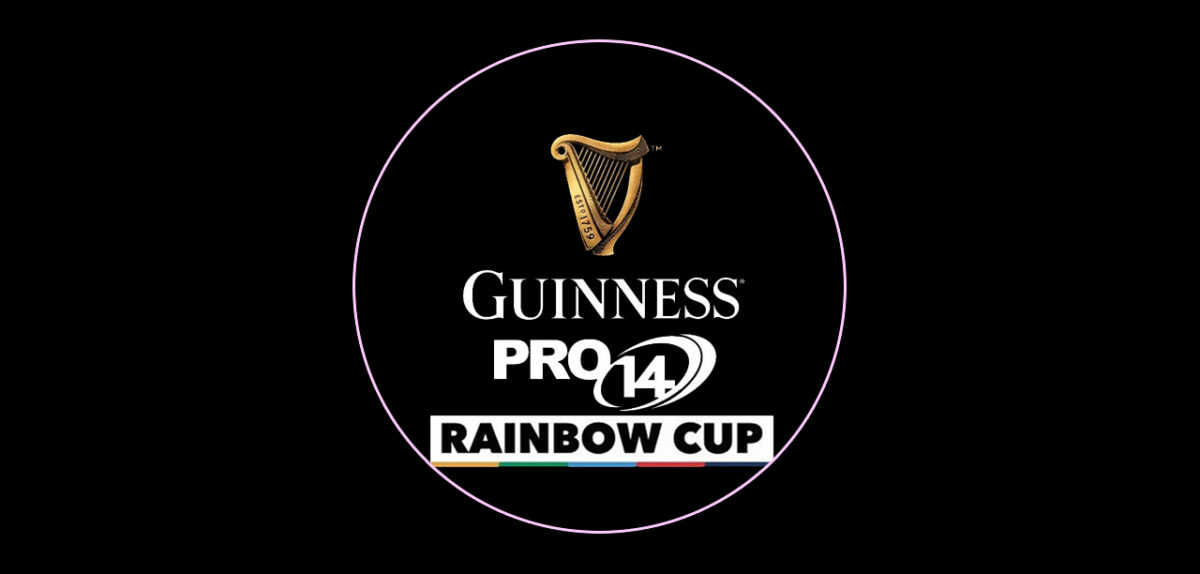

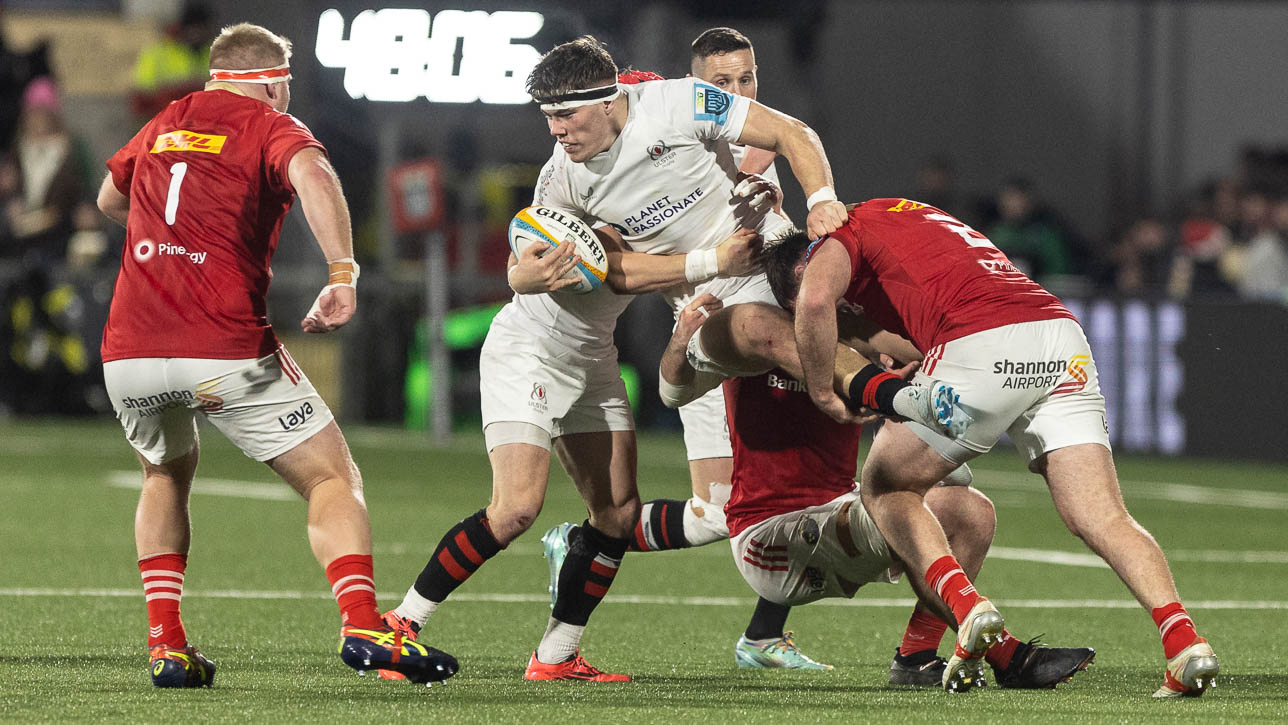
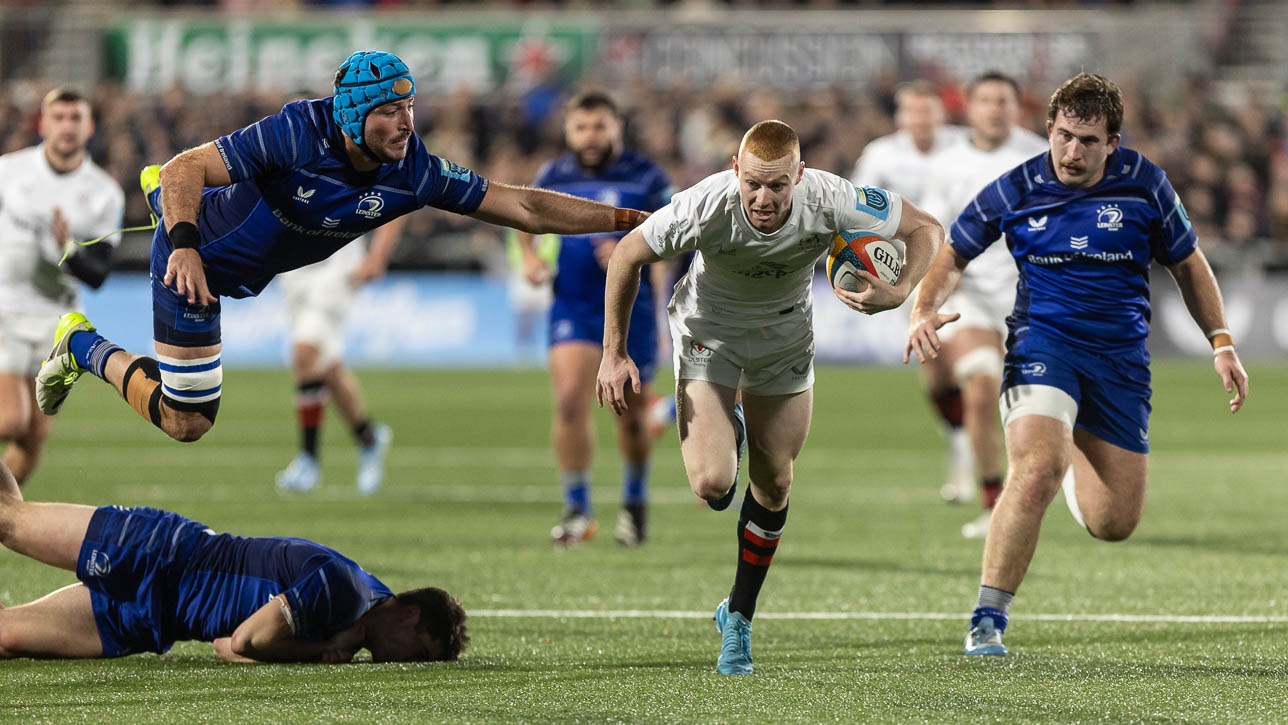
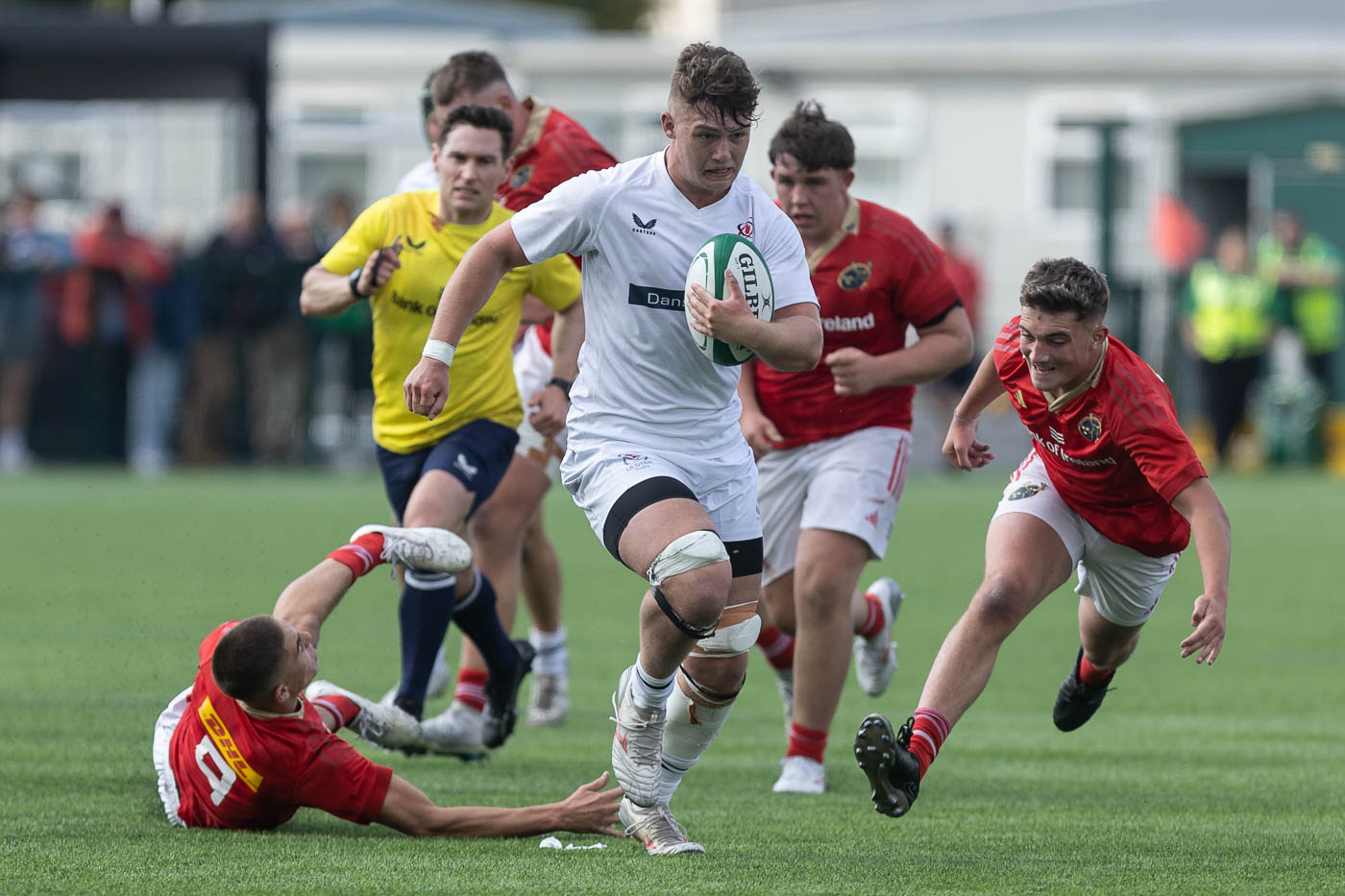
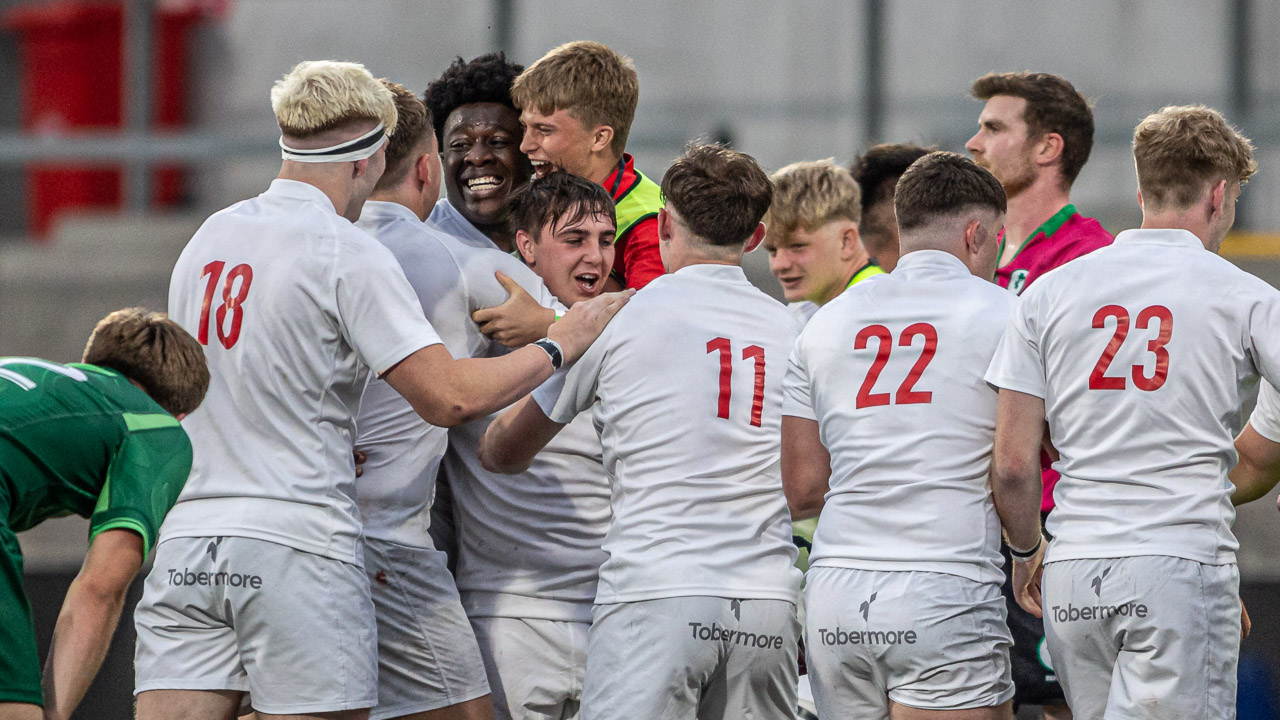
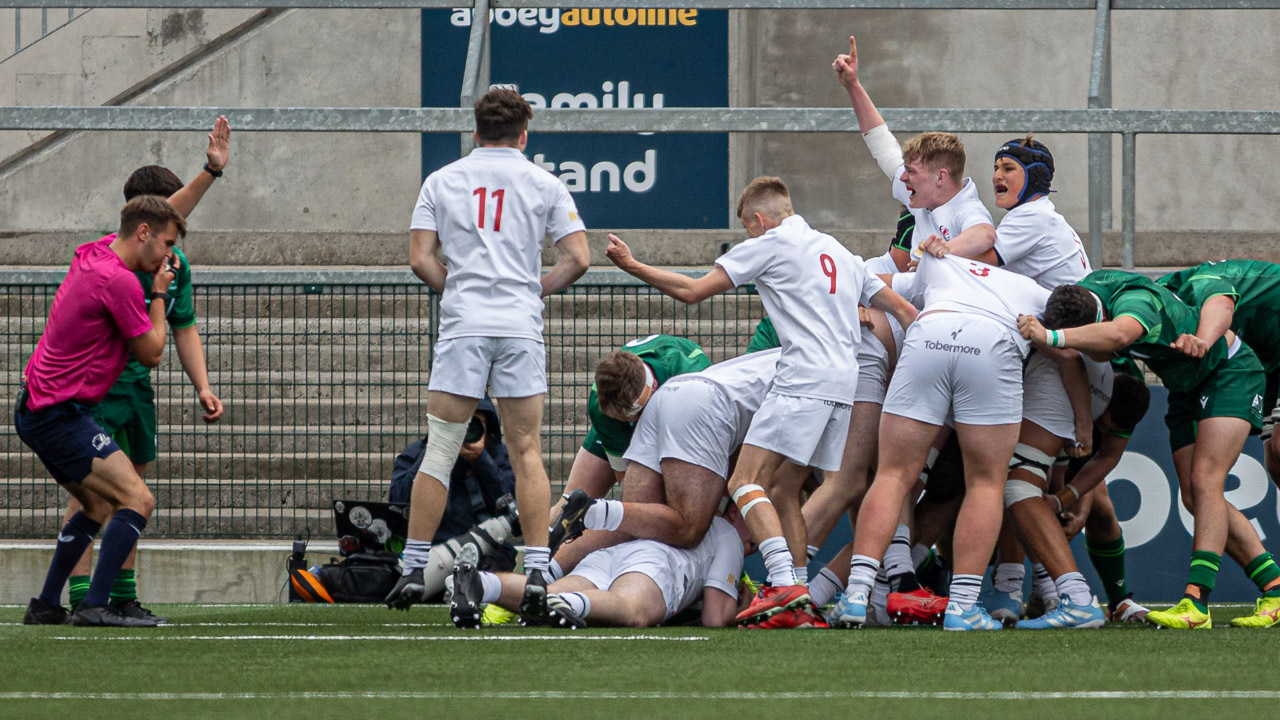
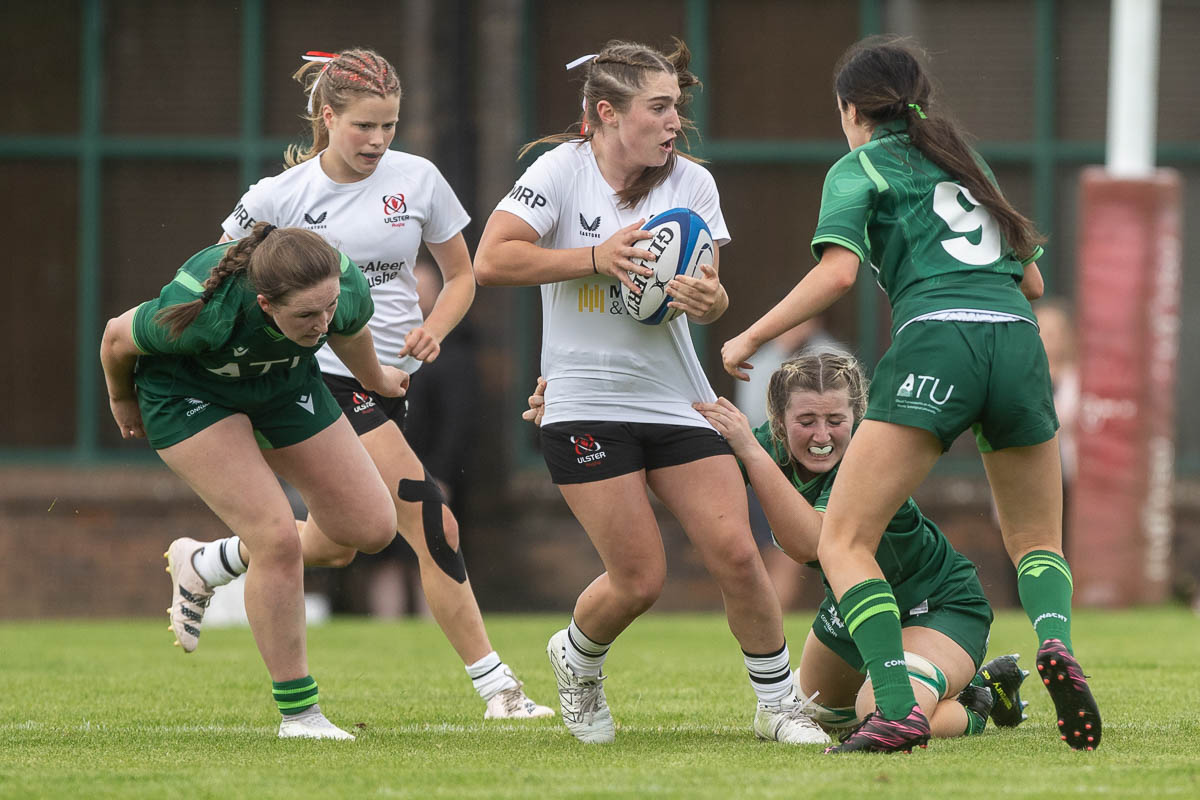
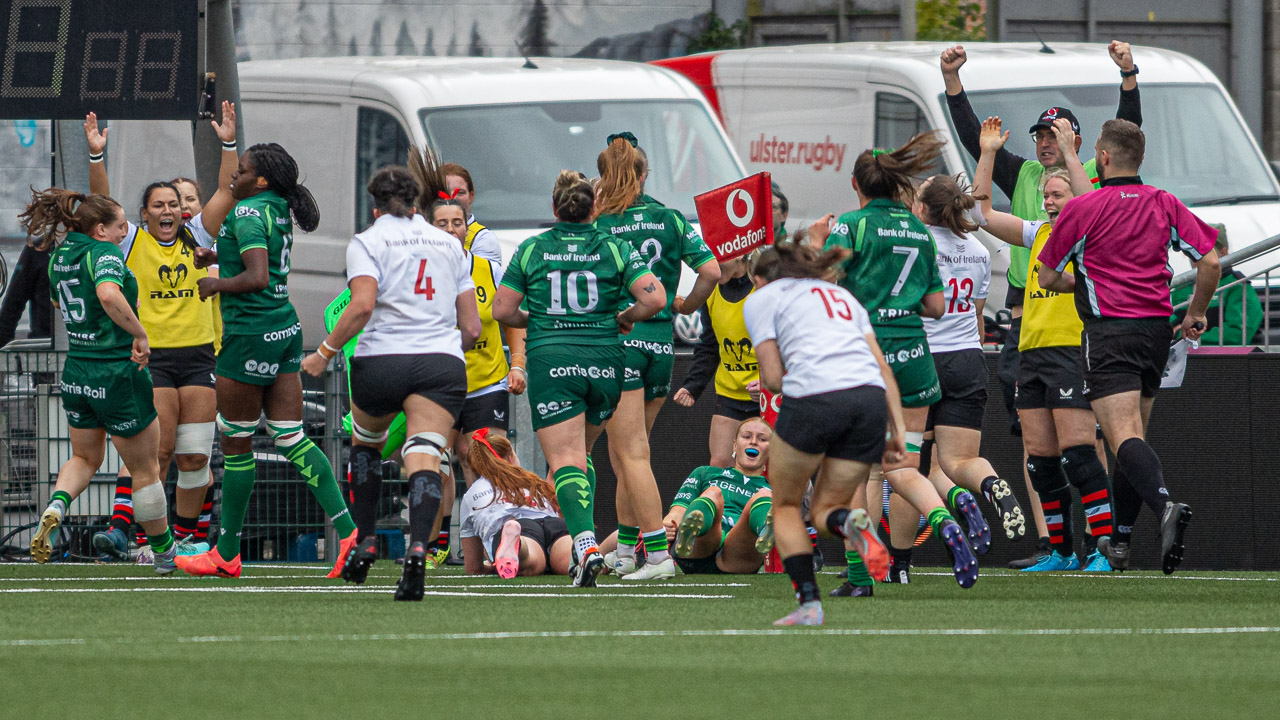
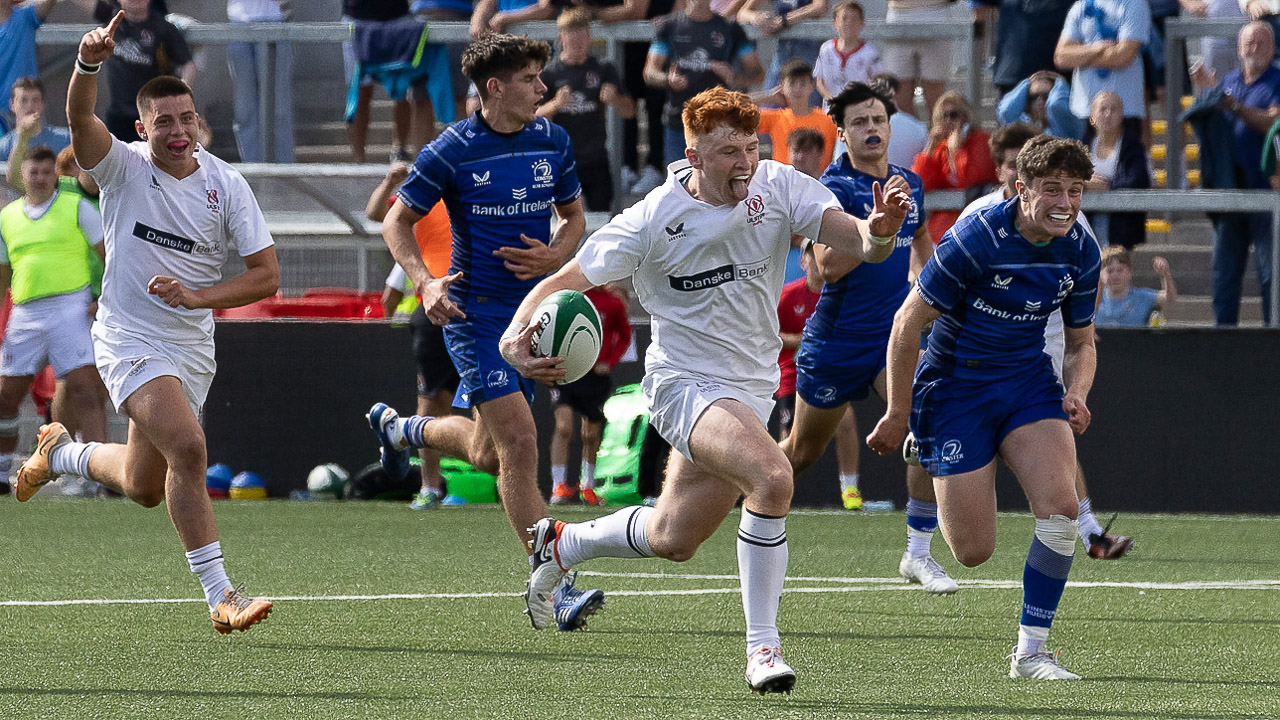
Corrections, comments or questions?